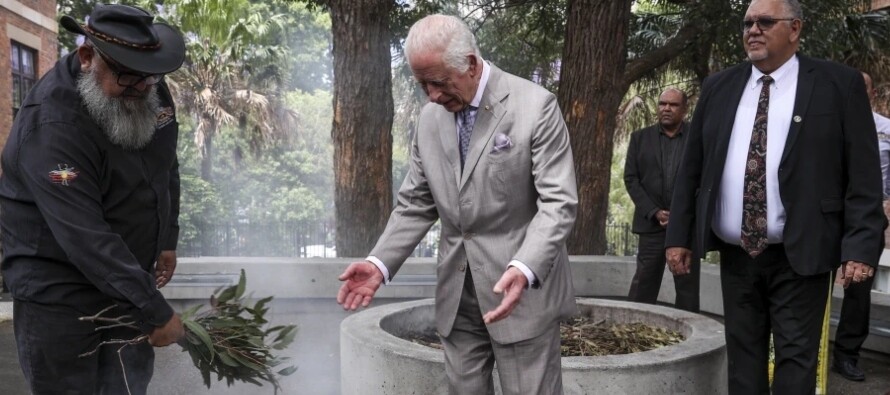
King Charles III has completed his visit to Australia, thus becoming the first British monarch to do so in the last 13 years. During his stay, Charles and his wife, Queen Camilla, participated in various activities in Sydney, including witnessing an indigenous dance performance and reviewing naval ships in the city's harbor. Although the king's agenda was limited due to his cancer treatment, it is speculated that a consultation regarding the monarchy could take place if the Labor Party wins the elections in May next year.
In 1999, Australians decided in a referendum to keep Queen Elizabeth II as head of state, and since then, no changes have been made to the country's constitution. Philip Benwell, national president of the Australian Monarchist League, expressed support for maintaining constitutional ties with the United Kingdom. However, during King Charles III's visit, incidents occurred that reflected the discontent of some Australians with the monarchy. For example, indigenous activist Wayne Wharton was arrested after interrupting a public event of the monarchs.
The Australian Republican Movement continues to advocate for an Australian citizen to replace the British monarch as head of state. Despite the presence of thousands of people at public royal events, some protesters like indigenous senator Lidia Thorpe have openly expressed their disapproval of the monarchy. Thorpe, along with other critics, believes that Australia should become a republic and abolish the position of a foreign head of state.
Australia's Prime Minister, Anthony Albanese, supports the idea of an Australian republic, although he rules out the possibility of holding a referendum during his current term. Despite the divisions regarding the country's system of government, the royal visit has sparked debate and reflection on the future of Australia as an independent nation.










